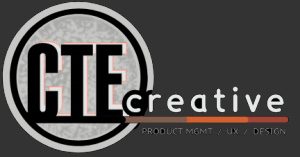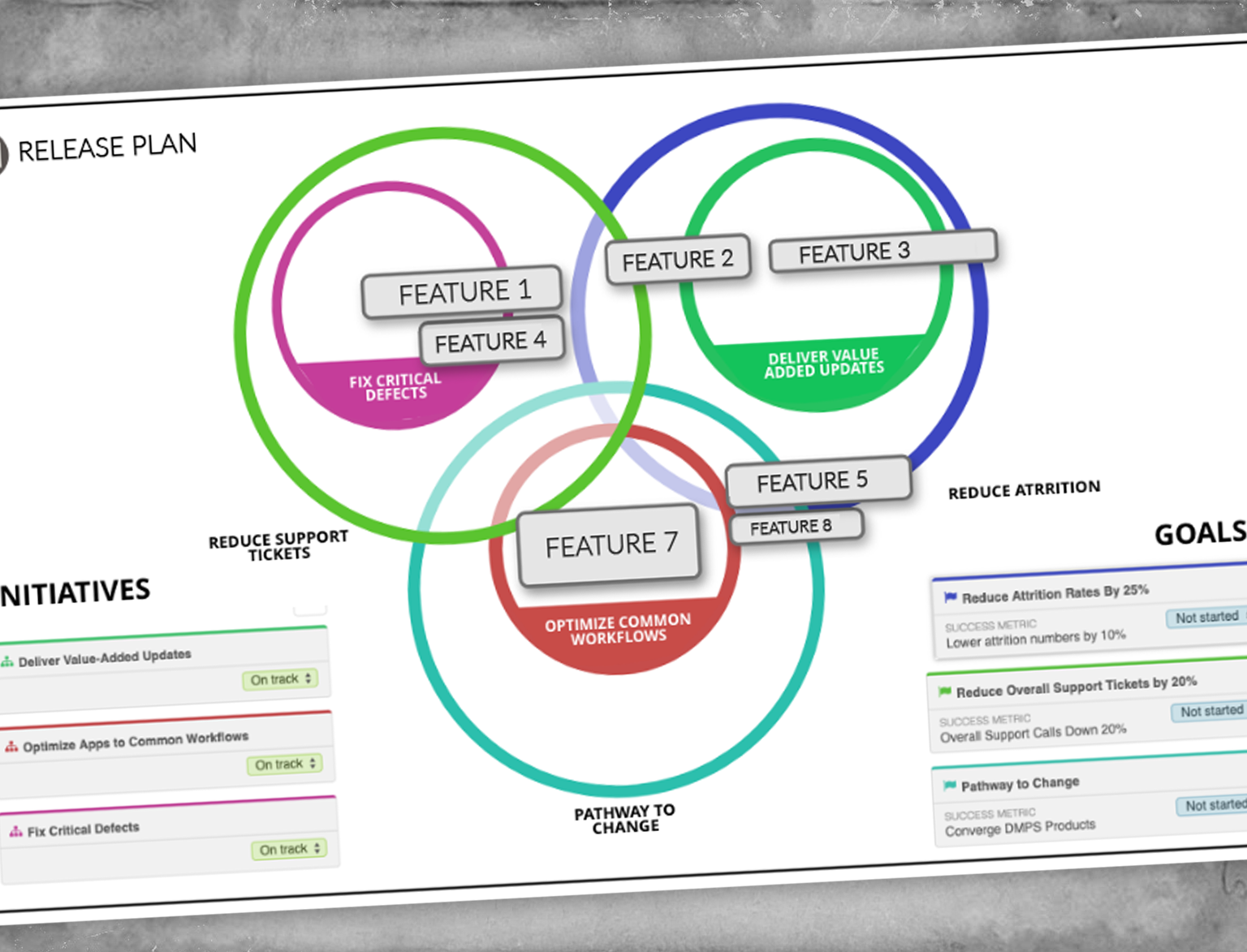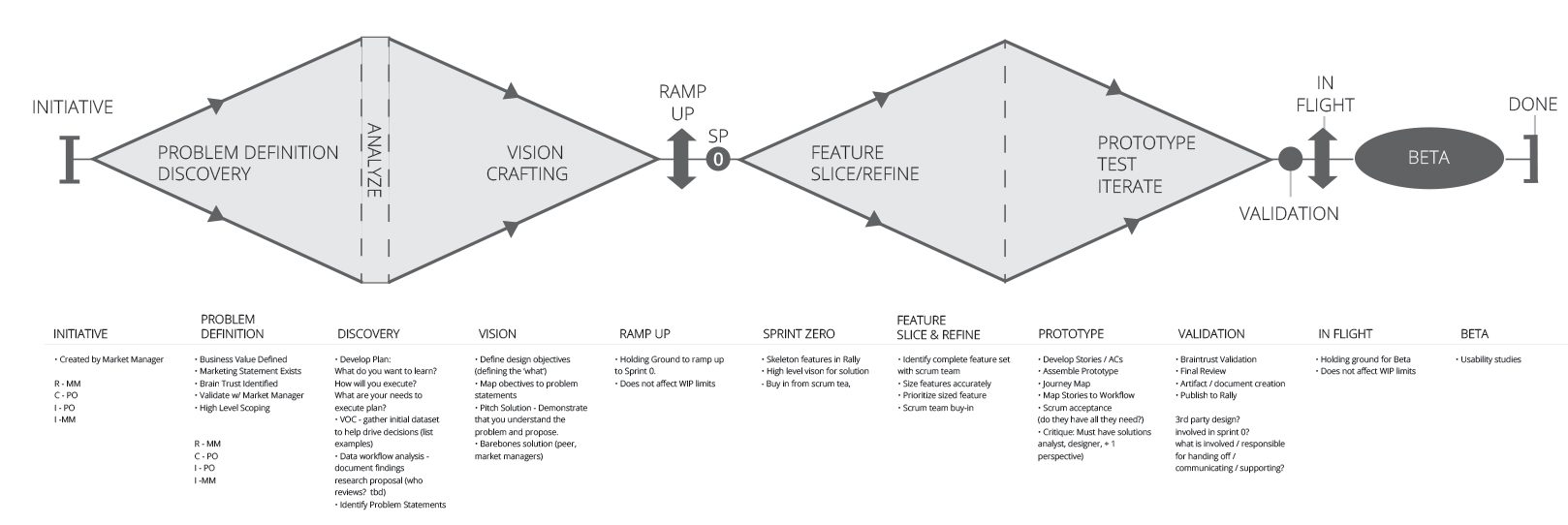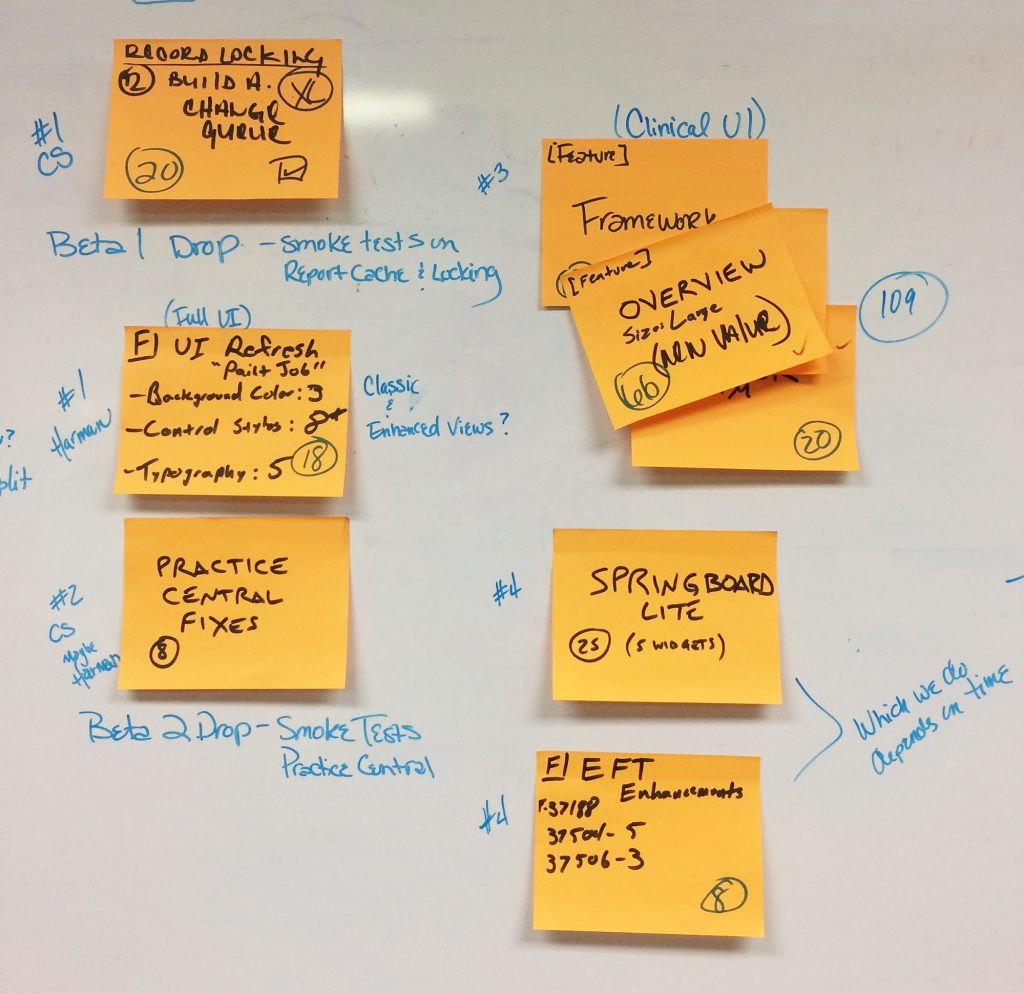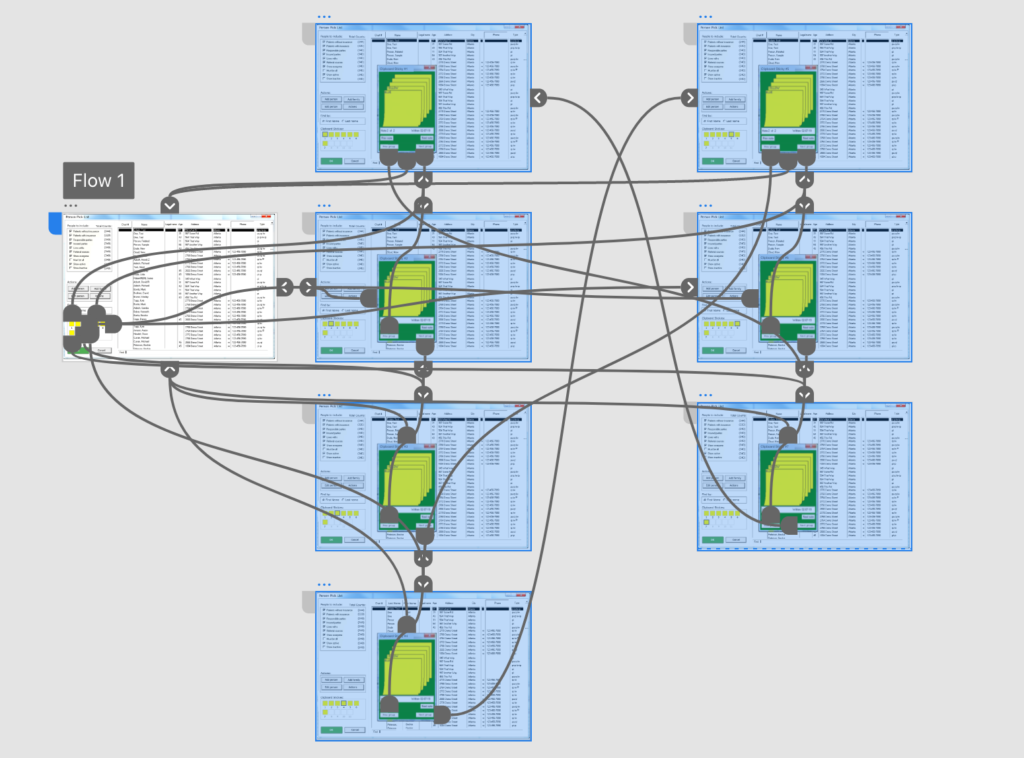The Challenge:
As the Product Owner for a software product line, we were participating in a strategic initiative to improve long-term engagement that identified opportunities to:
Strategic Objectives:
- Modernize a legacy platform while respecting ingrained workflows
- Reduce churn by delivering valuable updates.
- Modernize the user interface while preserving workflow familiarity.
- Deliver high-value features to reduce friction and increase perceived product value
- Strengthen customer trust through faster execution and visibility into product investments
The Approach:
Product Leadership:
- Took on additional responsibilities during a leadership transition, including roadmap planning and agile facilitation
- Created a structured Jira backlog, prioritized feature work, and led sprint ceremonies
- Aligned internal stakeholders across engineering, marketing, and QA to support clear delivery timelines
Customer Driven UX Strategy:
- Conducted in-practice visits and customer interviews to identify top user pain points
- Led UX efforts for high-visibility features using wireframes and interactive prototypes
- Developed the Mosaic Design System to support scalable, modern UI development
- Prioritized enhancements that balanced new functionality with familiar workflows
Process:
Creative User Engagement: DPMS “Pit-Crew”
To strengthen relationships and gather direct input from users at conferences, we launched the “DPMS Pit Crew”—a hands-on, research-driven initiative where we invited users to test prototypes and provide feedback in a casual, non-sales setting.
User Research Methods:
- User Interviews: A great way to get feedback is catching an existing user of the trade-show floor!
- Rapid Prototyping: At times, we would develop a simple prototype right there
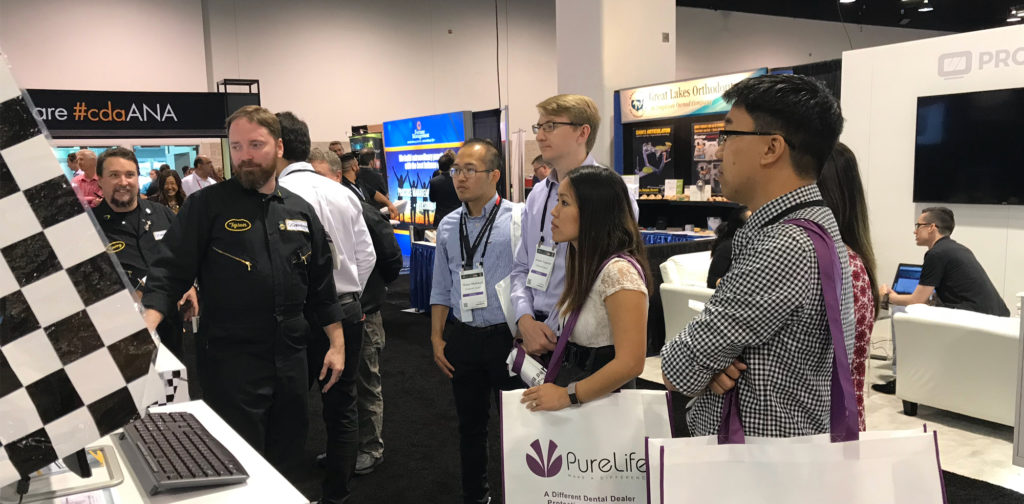
Cross-Functional Collaboration:
- Partnered with QA for user testing across 7+ users.
- Supported marketing with release documentation and outreach.
- Presented designs and updates to internal stakeholders and external user communities.
Feature & Release Planning:
- Used creative data visualization to secure stakeholder buy-in.
- Shared mockups and prototypes with power users for feedback and validation.
- Delivered enhancements such as better reporting, more accessible workflows, and faster navigation.
Flagship Feature: The Overview Tab
The Overview tab was a game-changer. Designed to solve one of the most persistent pain points—scattered, hard-to-access patient data—it brought critical information like patient names, insurance status, and recent appointments into a single, user-friendly view.
User Research Methods:
- User Interviews: Many office visits and existing customers were interviewed to make sure we had the most important information displayed
- Brain-Trust: Discussions were had online via private communities where users could post comments on the designs we presented
Prototyping to Explore Ideas:
Prototypes were used to vet out complex features. These were shared internally and with the brain-trust of users to obtain feedback on direction.
Results:
- Streamlined workflows and reduced screen switching
- User testing showed a 35% time savings during patient intake
- Showed customers that the company was investing in the software
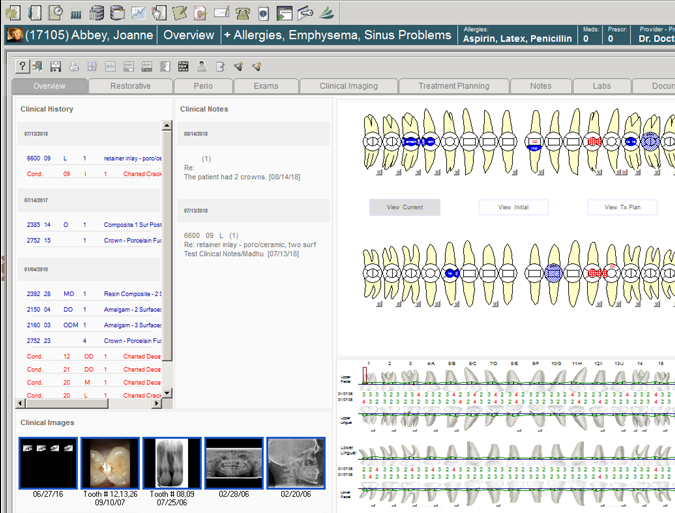
The Outcomes:
- Improved Retention: Offices reported increased workflow efficiency and satisfaction after new releases
- 80% Feature Adoption: Key features like the new Overview tab became central to daily operations.
- Stronger Engagement: Strengthened user confidence through hands-on feedback loops and active participation in product direction
- Clear Communication: Delivered product improvements in alignment with marketing and customer education efforts
Key Takeaways:
This project demonstrated the power of combining strong product discipline with user-led design. It laid the groundwork for a scalable, modernized platform while maintaining the trust and habits that long-time customers valued. It also reinforced the value of meeting users where they are, listening closely, and executing with clarity and care.
